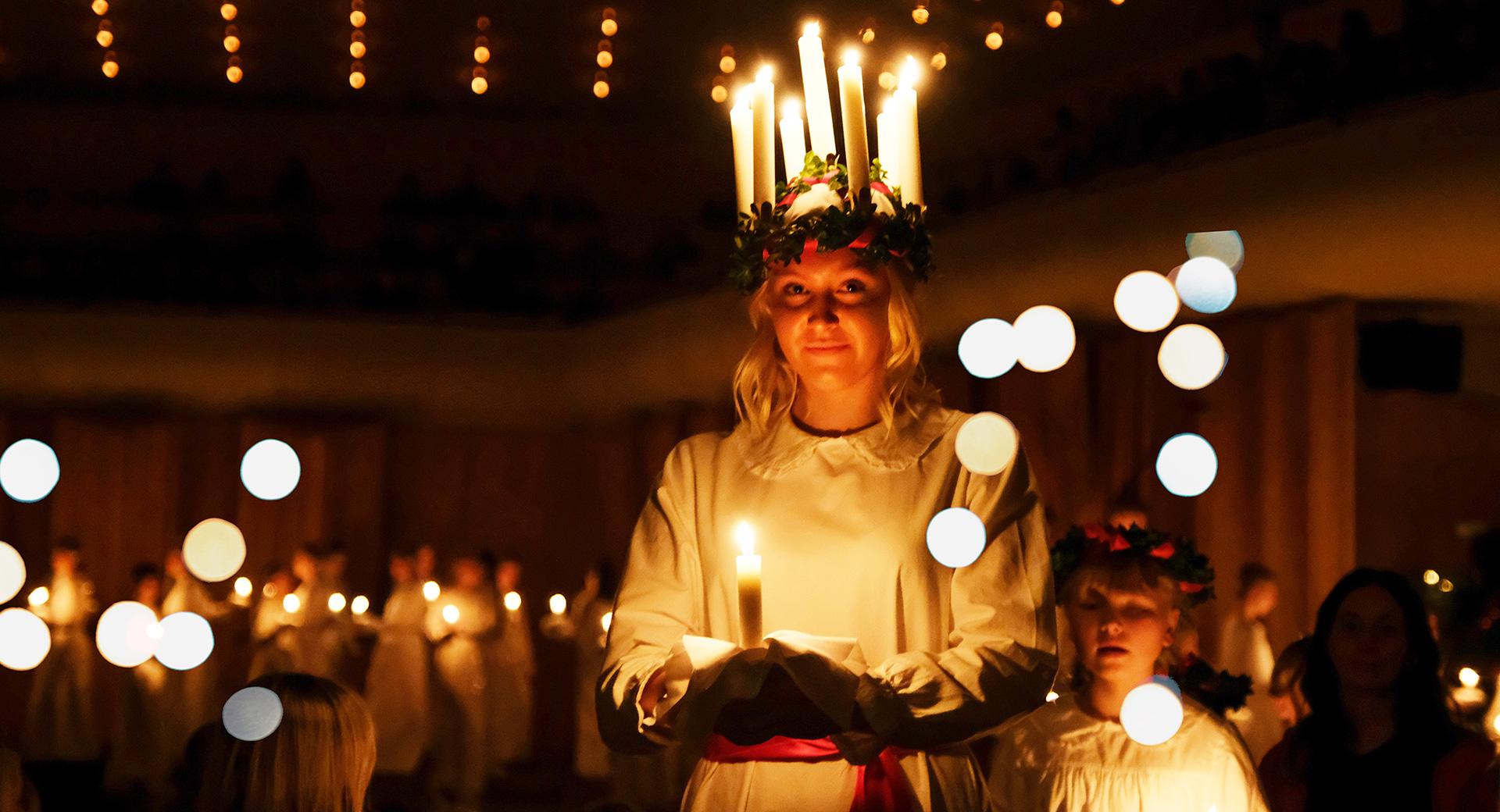Malin Byström performs songs by Richard Strauss
Johann Strauss II was a much admired and incredibly sought-after composer, a true crowd-pleaser that even Brahms admired. Kaiser-Waltzer is one of his most famous and performed waltzes. Equally famous was Korngold, for his seminal film music as well as for his ingenious art music, like his Symphony in F Flat Major. But when Richard Strauss in the final years of his life composed Vier letzte Lieder, four songs about farewells and accomplishments, he does so with unusual artistry and maturity.
This production is part of one or more concert series.
Idol worship is nothing new. When Johann Strauss II was at the peak of his career, he led an organisation with around 200 copyists, singers, musicians, organisers, assistant conductors and publicity agents. Three orchestras in his name could perform on the same night in three different Viennese ballrooms, while the maestro himself only turned up very briefly at each venue. In the United States, obtaining a lock of his hair after a concert conferred status on the recipient. However, more often the hair came from the thick fur of the Waltz King’s large Newfoundland dog. Kaiser-Walzer from 1888 was named after two rulers: Franz Josef, who had sat on the Austrian throne for 40 years, and Germany’s new regent, Wilhelm II. The original name of the waltz was “Hand in Hand”, referring to Austria’s outstretched hand towards Germany.
In 1948, a disillusioned Richard Strauss rounded off one of the greatest careers in composition by setting music to the writings of Hermann Hesse and Joseph von Eichendorff. His native country lay in ruins, and he himself was fiercely criticized for collaborating with the Nazis. But not many people have approached the end of their life on earth in a more exquisitely beautiful manner. The songs in Vier letzte Lieder were published after the composer’s death and the publisher decided on the title. The concluding song quotes a theme from the symphonic poem, Tod und Verklärung, written almost sixty years earlier, whereupon the sun sets on the entire era of romanticism.
Malin Byström’s phenomenal success across the globe hardly needs describing. She is part of Sweden’s proud tradition of producing world-class sopranos and she recently won Best Singer at the International Opera Awards 2018. We also see the welcome return of conductor John Wilson, with his unique mastery of such diverse genres as big band, film music and musicals. He also performs with his own orchestra, arranges music and restores classical film scores.
Music history does not have many prodigies of the same calibre as Erich Wolfgang Korngold. Gustav Mahler immediately declared the ten-year old a genius during his performance of his own Cantata, Gold. He experienced monumental success in the 1910s and 1920s, but the emergence of Nazism and Germany’s annexation of Austria forced him to emigrate to the United States. Over there, the great opera composer became king of film music: think of Captain Blood or The Sea Hawk! But being a master in Hollywood did not endear him to the European music scene. Korngold was now an American citizen and the death of Franklin D. Roosevelt in 1945 touched him so profoundly that he dedicated his Symphony in F Sharp Major, which he began composing the subsequent year, to the president. When it was completed in 1952, its style was considered passé. In 1954, the symphony saw an unfortunate première that the composer even tried to stop. It was not until three decades later that Korngold was to return to the limelight in earnest.
Text: Gunnar Lanzky-Otto



